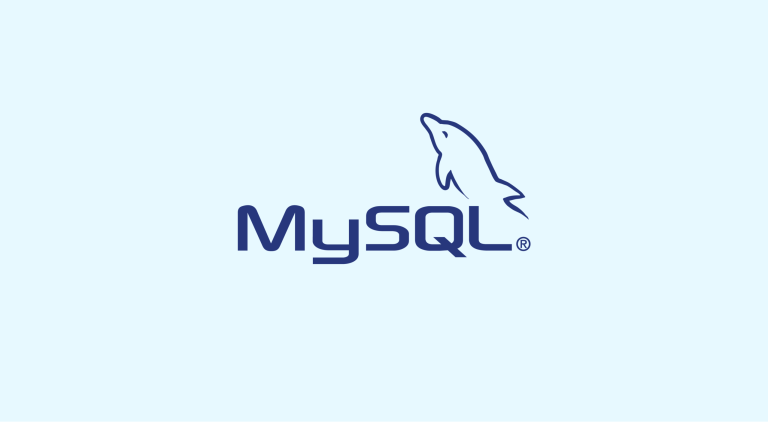MySQL is a widely used relational database management system, favored by many due to its robustness and flexibility. Whether you’re managing a small personal project or a large enterprise application, knowing how to create a database in MySQL is an essential skill. The process of creating a database is straightforward and can be done using either a graphical interface like MySQL Workbench or through the command line. This article will guide you through both methods step by step. Additionally, you can find more detailed information on Creating a MySQL Database in our in-depth article.
1. Creating a Database Using MySQL Workbench:
MySQL Workbench is a popular tool for database administrators and developers alike. It offers a user-friendly interface that simplifies database management tasks, including the creation of new databases. Here’s how you can create a database using MySQL Workbench:
- First, open MySQL Workbench and establish a connection to your MySQL server. If you haven’t already created a connection, you can do so by clicking on “New Connection” and entering the necessary details such as the server host, username, and password.
- In the “Navigator” panel on the left-hand side, locate the “Schemas” tab. Right-click on this tab and select “Create Schema…” from the context menu. The term “Schema” in MySQL is often used interchangeably with “Database”.
- A new window will appear where you can define the name of your database. Choose a name that is unique and meaningful to your project. You can also configure other settings, such as the default collation and character set for the database, if needed.
- After you’ve set the name and any other desired options, click “Apply”. MySQL Workbench will then generate an SQL script that corresponds to the actions you’ve specified. Click “Apply” again to execute the script and create your new database.
- Your new database should now appear under the “Schemas” tab in the “Navigator” panel. You can now start creating tables, inserting data, and managing your database through the graphical interface.
MySQL Workbench provides a robust and intuitive environment for managing databases. Its visual tools simplify many aspects of database administration, making it an ideal choice for those who prefer not to work exclusively in the command line.

2. Creating a Database Using the Command Line:
For those who prefer working in a terminal or need to manage MySQL databases on a remote server, the command line provides a powerful and flexible environment for database creation. Here’s how you can create a database in MySQL using the command line:
- Open your Terminal (on macOS or Linux) or Command Prompt (on Windows). To connect to your MySQL server, type the following command:
mysql -u username -p
Replace “username” with your actual MySQL username. After pressing Enter, you’ll be prompted to enter your password. Type your password and press Enter again to connect to the MySQL server.
2. Once you’re connected, you can create a new database by entering the following SQL command:
CREATE DATABASE database_name;
Replace “database_name” with the name you want to give your new database. Make sure the name is unique within your MySQL server.
3. After running the command, MySQL will create the database and return a confirmation message. You can now begin using this database to create tables, store data, and manage your information as needed.
Using the command line to create a database is particularly useful for advanced users and those who prefer scripting their database operations. It also allows for more control and flexibility, especially when managing multiple databases or working on remote servers.
Creating a database is one of the fundamental tasks in MySQL, and it can be easily accomplished using both graphical tools like MySQL Workbench and the command line interface. Each method has its own advantages: graphical tools provide a more user-friendly experience, while the command line offers greater flexibility and control. Choose the method that best suits your needs and preferences. For more detailed information, check out our article on Creating a MySQL Database.




